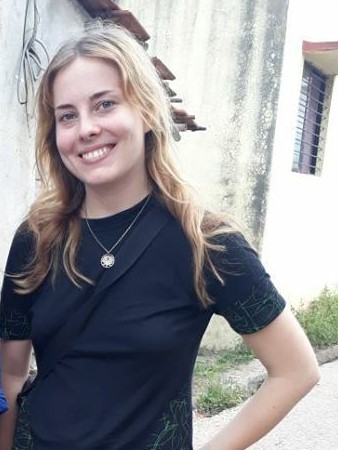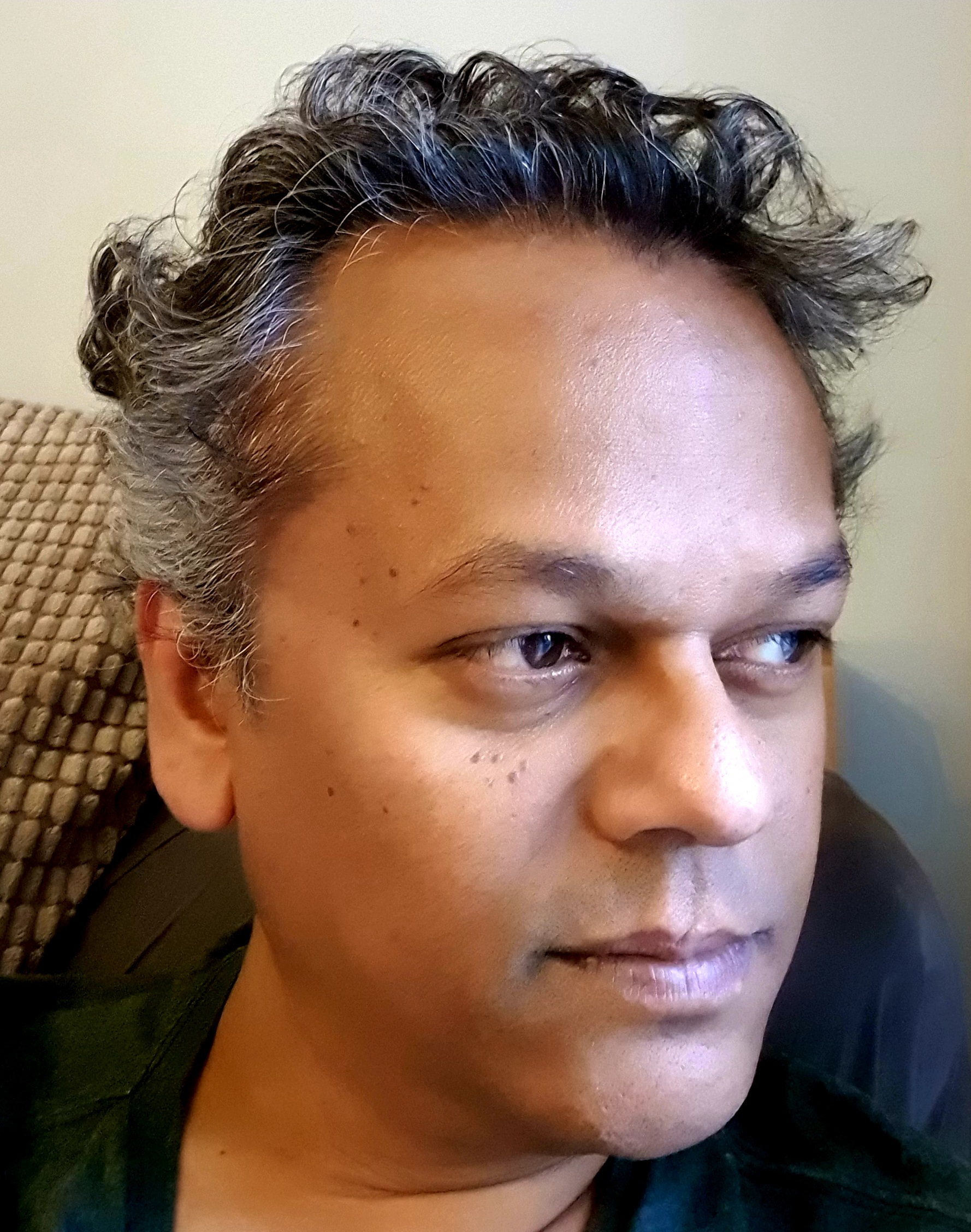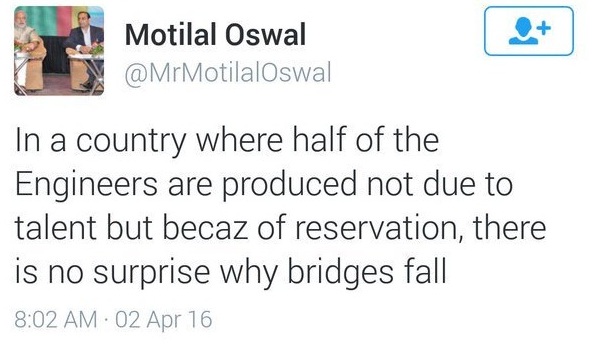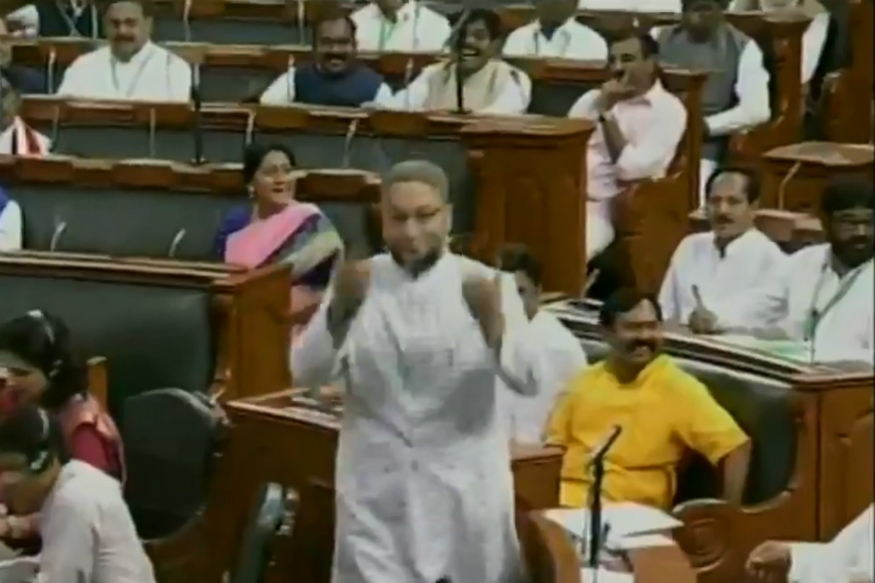Tereza Menšíková
 Visiting India was my dream since childhood. Many stories were told by journalists, travelers, and fiction writers about the mysterious land of Mother India and they fascinated me. Therefore, as a young student of Sociology and the Study of Religions at Masaryk University in the Czech Republic, my greatest wish was to travel beyond the borders of Europe and explore this land with my own eyes. Later, during my studies, I came across one book that changed the course of my academic and personal life for many years. It was a collection of poems and short stories by Dalit writers from Tamil Nadu. Their testimonies were filled with such strong emotions that I cried during the reading.
Visiting India was my dream since childhood. Many stories were told by journalists, travelers, and fiction writers about the mysterious land of Mother India and they fascinated me. Therefore, as a young student of Sociology and the Study of Religions at Masaryk University in the Czech Republic, my greatest wish was to travel beyond the borders of Europe and explore this land with my own eyes. Later, during my studies, I came across one book that changed the course of my academic and personal life for many years. It was a collection of poems and short stories by Dalit writers from Tamil Nadu. Their testimonies were filled with such strong emotions that I cried during the reading.
It had left me with a desire to learn more about the Dalit situation and the caste system in India. One name was mentioned in that book quite often and I had never heard it before, so it stuck in my mind. It was Dr. B. R. Ambedkar. A person whose living legacy followed me later throughout India and gave me much inspiration. Finally, when the time came, and I could pursue my studies at Tata Institute of Social Sciences in Mumbai, I already knew what will be my research about – Buddhism, which Dr. B. R. Ambedkar revived, as a Dalit strategy of fighting against discrimination and social exclusion, and its connection to the caste system in Maharashtra. It seemed like a clear and simple task. How little I had known back then.
After my arrival in Mumbai, I went through a cultural shock as any other European coming to India for the first time. In Europe, one can live a whole life in a social and an economic bubble far away from poverty, suffering, and violence. India broke my bubble into pieces by its diversity and by challenging my concepts of what is normal and ordinary. It was strange for me to see the obsession with white skin, being an animal in a zoo where everyone is watching me walking down the street, and gaining respect only by being a white foreigner. Would the African-American get the same respect and attention as me? How weird is it when in European and American films every Indian person must have a very dark colour of skin and in Indian films all actors are white as milk?

With Dr Gail Omvedt, Bharat Patankar and Somnath Waghmare
During just one day in Mumbai, I saw tribal people drying their clothes under bridges, men and women wearing golden chains around their necks spending thousands of rupees for new mobile phones, huge slums stretching along the hillsides and stairs of marble to monumental temples. Living diversity pumping in social, cultural and religious life like restless blood through our veins – that is India in my eyes. In this enormous diversity, I have tried to find some answers to clarify the importance of Buddhism in Dalits daily lives and that led me to the complex system of caste and sub-caste.
The reason I’m writing this article is to share some of my observations concerning caste system and I don’t want to talk here as a scientist. I could write many clever words and none would be sufficient to express my feelings because the language of science has laws of its own and sometimes lacks emotions and empathy. Therefore, this paper reflects my personal opinions and feelings coming from the experience of being close to the lives of my dear Buddhists friends whom I would like to thank for all they have done for me.
“When thinking about India it is hard not to think of caste”, is an opening sentence of Nicholas Dirks in his Castes of Mind. When I came to India I was surprised that some people to whom I had spoken on a train or outside the institute, weren’t aware of caste issues at all. My first impression was that there has to be an empty space without information or communication between huge groups of people. I saw how caste-based discrimination works with my own eyes and yet there were people right next to me who had never thought about the caste system in their lives.

With Dr Sachin Garud
Caste system works on a concept of labelling which we all do. According to one characteristic, we assume that the person has also another. For example, in my country, it is common to give Roma people a label “thief”. This concise thinking is wrong and causes a lot of pain and misunderstanding. However, the caste system is much more complicated than that. When I look at Indian society I don’t see one huge united system of identities but several systems according to which people should know, where they belong. It looks like a twisted game where groups of players have their own ascribed place and occupation and mostly they don’t know much about the places of other groups. They just know who is on the top and at the bottom of the game. Nevertheless, they can’t leave their positions and they won’t accept anyone from a different group to take their place. “It is the order and tradition”, says the game, so most people remain in fixed positions for hundreds of years.
When I was visiting a village in Maharashtra with my friend Somnath Waghmare, and discussed with Dalit Buddhist youths the issue of caste, one of the young men asked me, what is the solution to the caste issue? I wasn’t expecting such a straight question to problems lasting in India for thousands of years. If I think about it now, it seems to me that history is filled with successful and failed efforts to change what we see as unjust and painful. The play of power in society always was and will be there, and as a wheel, it crushes those who are on the ground. I don’t know any universal key to open the door of freedom for those who are discriminated, humiliated, and excluded from society as Dalit people truly are.

With Dr Sachin Garud and Somnath Waghmare
Most of the time I have seen a very strong fight between Brahmins and Dalits. Sometimes I have heard hatred when these two groups were talking about each other. What did the Dalit wearing a moustache ever do to the people who beat him to death? The fight is filled with pain from the past, from the history of oppressing and discrimination. This kind of fight, however, does not lead to the end of the caste system. When you oppose castes, you cannot identify other people according to the caste system. It is like taking down a wall by building another wall. It is a hard fight, harder than any other because one has to fight with his own mind and he or she is on their own. The caste system is a mindset in which people think, it is hard to realize it and even more difficult to change it.
In my opinion, firstly there must be a dialogue. From what I have seen, the cultural, social and political Ambedkarite Buddhist movements are doing a great job in this matter. When I meet and see the work of Dr. Gail Omvedt and Dr. Bharat Patankar, and watch great documentary films of my friend Somnath Waghmare, hear songs of Dhamma Wings and many others, then hope for a better future is rising in me. Asking questions, having doubts about what is said to be undeniable and critically interpret events without ideology yet be able to lead a dialogue – that is a way of mutual understanding and change.
~~~
Tereza Menšíková is a student of Sociology and the Study of Religions at Masaryk University in the Czech Republic. She is visiting TISS Mumbai, India, for two months as an International Student.










